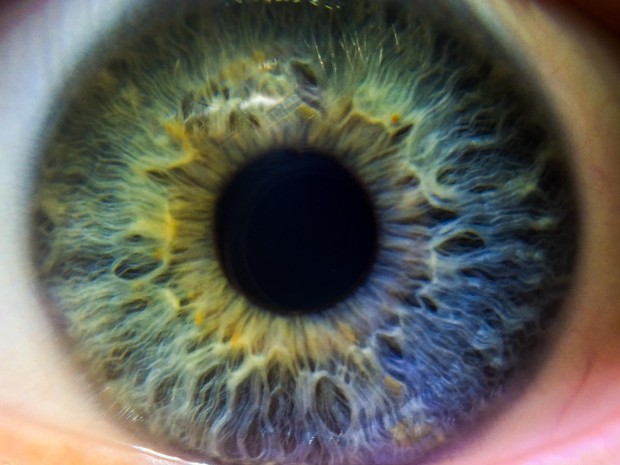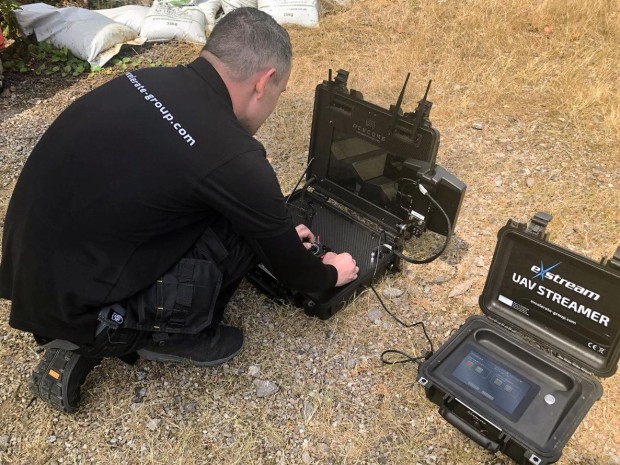During the first part of the pandemic, parking lots were an abandoned frontier. Like retail shops, offices and schools, parking lots were mostly left vacant as people followed lockdown and social distancing rules.
But as the world has opened up again and re-introduced the routines of normal life, parking lots are seeing new waves of activity. And not all of them are welcome.
Criminals are finding new ways to target vehicles, entire fleets and even individuals. And, at a time when companies are facing economic pressures of all kinds, it’s prompting businesses to rethink how parking lot security fits into their larger customer (and employee) experience and safety ecosystem.
In many cases, companies are not only short-handed when it comes to keeping up with new security needs, but they’re also facing a new set of customer and employee expectations. By addressing parking lot security with cutting-edge video surveillance, businesses are finding that they’re not just protecting assets parked outside, they’re securing interests across their entire footprint.
Preventing theft and improving worker safety
In communities across the country, for example, thieves continue to swipe catalytic converters from cars in hopes of re-selling components like palladium and rhodium, which are valued at record highs. According to the National Insurance Crime Bureau, catalytic converter thefts soared from an average of 108 per month in 2018 to 1,203 thefts per month in 2020. This year, that trend appears to be continuing, in part from incidents in office parking lots.
As workers return to the office, criminals are realizing that office lots are full of cars that are going to be unattended for many hours of the day. In some places, they’re able to cut the catalytic converters out of 100 cars in a matter of hours. And employers are starting to realize that liability for these break-ins rests with them.
Traditional video surveillance set ups can record footage of the break-ins for future review. But contemporary solutions give employers the power to stop break-ins as they happen. With 24/7 remote surveillance camera systems, employers can set up cameras on their sites but assign monitoring to teams off-campus. When those teams spot suspicious and unlawful activity, they can use the system’s connected speakers to broadcast warnings to trespassers and then send an alert to on-site security personnel and local law enforcement.
For one big-box retailer, remote surveillance systems helped drive a 40% reduction in parking lot incidents, with some locations reporting a 70% reduction.
This technology is not only helpful for companies that are responsible for protecting their employees’ property; it’s valuable for protecting the employees themselves. At distribution centers, where workers might be responsible for managing the overnight shift alone, remote surveillance camera systems can ensure that multiple eyes are keeping fleets of vehicles — and workers — secure. In those scenarios, the cameras can provide assurance that workers are safely within view and issue an alert when employees are off-screen for prolonged periods.
Adapting to meet changing needs
Another key advantage of newer remote surveillance solutions is their ability to help businesses stay on their toes. As criminals find new ways to be creative, businesses need the flexibility to change up their security strategies — from moving cameras to different locations to altering the times of day remote monitors are most active.
Mobile video surveillance set ups offer the level of adaptability companies require. If a business catches wind of an impending event, they can temporarily place cameras in the locations with the best viewpoints and access. Or if they realize that trespassers are taking advantage of a blind spot on their property, they can adjust their setup to prevent further break-ins.
That kind of versatility is especially important now, as the country navigates a dynamic transition out of the pandemic. Community park and ride lots, for example, have seen a surge in criminal activity as commuters return to work. But given that return to office and transit trends are still in flux, communities can’t expect last month’s violations to necessarily define incidents on the horizon.
Stadiums and entertainment venues are also grappling with new traffic and crowd management patterns. Keenly interested in encouraging the public to return to events, sports teams are increasingly invested in the entirety of the fan experience — from the time they pull out of their driveway to the moment they return home.
Mobile surveillance units create the opportunity to monitor and influence traffic activity in real time, preventing parking lot congestion and reducing safety incidents. Before, during, and after events, security personnel can monitor live streams, coordinate with on-the-ground colleagues and law enforcement to redirect vehicles, and issue alerts about suspicious behavior.
Uncovering critical intelligence
Additionally, video surveillance systems can play a powerful role in uncovering valuable information about specific incidents and security trends in general. In the aftermath of break-in or theft, video surveillance units can provide identifying details about trespassers and reveal the full scope of a crime. On an ongoing basis, video surveillance can help businesses and residential areas develop a deeper understanding of their properties’ threat landscape.
For example, homeowner associations are banding together to purchase systems that monitor the ingress and egress of their neighborhoods. While many homes may already have mounted cameras, the video quality is often not high enough to deliver critical information, like license plate numbers. Additionally, in many cases, existing camera systems may not store footage for more than 24 hours. And that time frame isn’t sufficient for investigating car break-ins, hit and runs, or package thefts.
Video surveillance is also helping car rental companies keep up with an uptick in demand. As cars enter and depart their lots, rental companies are using surveillance systems to monitor not only car conditions but also log license plate numbers. From a security standpoint, the technology is helping to protect customers and vehicles. But it’s also serving an operational role by streamlining an otherwise labor- and time-intensive process.
Bringing a new dimension to the in-store ecosystem
Finally, video surveillance installed in parking lots can powerfully enhance and complement other security measures, especially when they’re thoughtfully woven together.
Michael Lamb, a security consultant with 40 years of experience in asset protection, including top leadership roles with the Kroger Company, The Home Depot and Walmart, says that companies are increasingly looking past one-off solutions. Instead, they’re embracing an ecosystem approach that connects the dots between safety and security needs and customer experience.
In that model, facial recognition systems aren’t siloed from parking lot video surveillance towers or cart management programs or other secure checkout tools. Instead, they work together to create a “flywheel” that contributes to security, revenue and brand goals, he says. By sharing data in a unified platform, businesses can go beyond using security technology to stop or apprehend a criminal. They can also use pooled data to make smart decisions and more accurate forecasts, and build stronger relationships with customers and employees. Even more, as safety concerns take center stage, ecosystem approaches to security and safety can help businesses prevent liability claims.
“The notion of safety is paramount to the customer experience,” he says. “One of the prevailing points of view within organizations is the importance of prevention, particularly within ecosystems where you’re connecting the dots across security technologies. And parking lot surveillance fits into that as a mitigating technology.”








